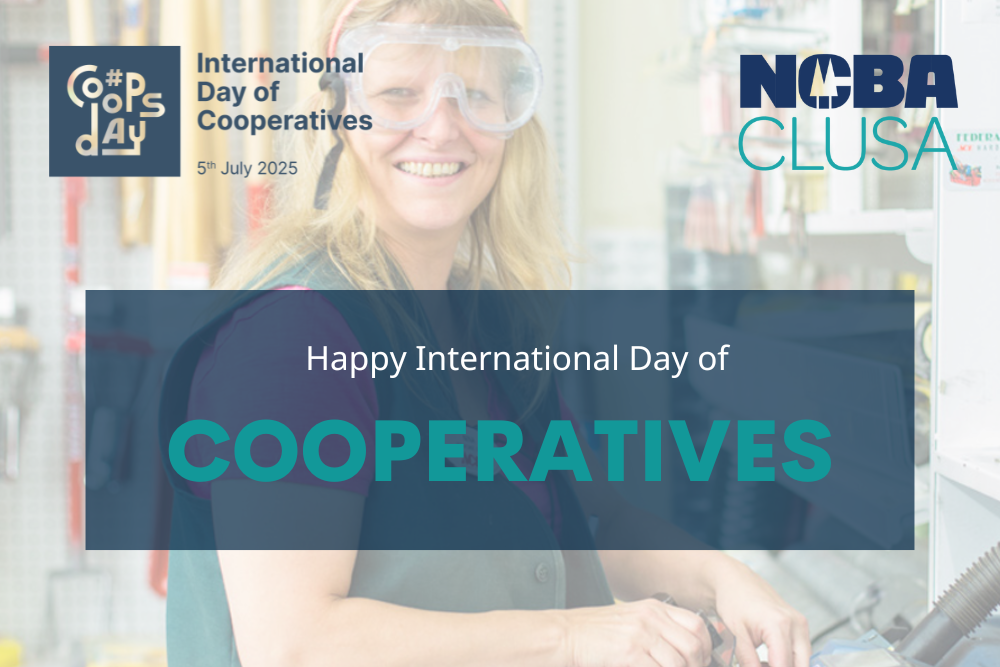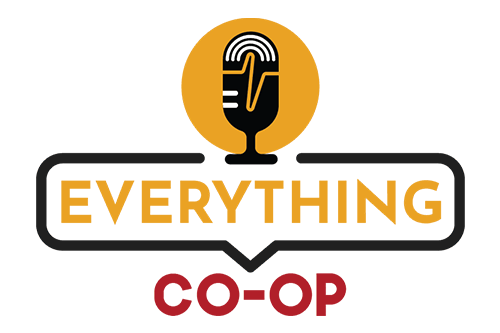To the casual observer, the driving forces behind high-impact nonprofits such as Habitat for Humanity might look like a massive budget or brand recognition, but that’s not the case, Leslie Crutchfield said during NCBA CLUSA’s Annual Business Meeting yesterday.
Crutchfield, who will assist the 100-year-old organization’s efforts this year to re-envision its mission and strategy, is Senior Advisor at FSG and co-author of the book Forces for Good: The Six Practices of High-Impact Nonprofits, which challenges organizations to change the way they change the world.
During her keynote, Crutchfield unpacked some of the secrets behind nonprofits that she said have gone “from zero to great.”
“What we found is that great nonprofits build movements, not just organizations. They’re driven to expand far beyond the four walls of their organization, which makes them do things that seem very counterintuitive,” she said.
One common denominator among high-impact nonprofits is their ability to leverage governments, markets, businesses, individuals and even other nonprofits to achieve far more than their size, budget or name recognition might allow. Another key finding? High-impact nonprofits know how to “tap into and galvanize” the energy and enthusiasm of their members or volunteers.
“It starts with really learning how to articulate your values and telling stories about why you do what you do, then creating meaningful experiences for your members to become part of a larger movement,” Crutchfield said.
She also touched on the critical difference between a traditional mindset and a networking mindset. Whereas a traditional organization views other organizations as competitors, a networking organization seeks out collaboration and areas of overlap.
“Their philosophy is, ‘How do you build the movement, not just my organization,’ and this is their priority from the beginning, not just after they got big and financially well off,” Crutchfield said.
The most successful nonprofits work to build bridges, coalitions and alliances, ultimately spurring what she calls “collaborative impact”—when organizations and institutions are aligned and moving in the same direction to effect change. To achieve this goal, however, organizations must first have a very clear understanding of the issues they face and how to solve them, along with strong focus from senior leadership in “relentless pursuit of impact.”
“There’s a lot of talk about leadership today, especially during this election year,” Crutchfield said. “When you look at the 12 nonprofits in our book, each leader is focused on, ‘What’s the solution? What’s the positive change I want to see in the world? So my question today for the cooperative movement is, ‘What are you for?’”
NCBA CLUSA, Crutchfield said, brings to the table a 100-year history of supporting cooperatives that build a better world and has made strides in implementing many of the practices found in her book.
“If we strengthen your efforts in these areas, you’ll have even more impact in the century to come,” she added.


